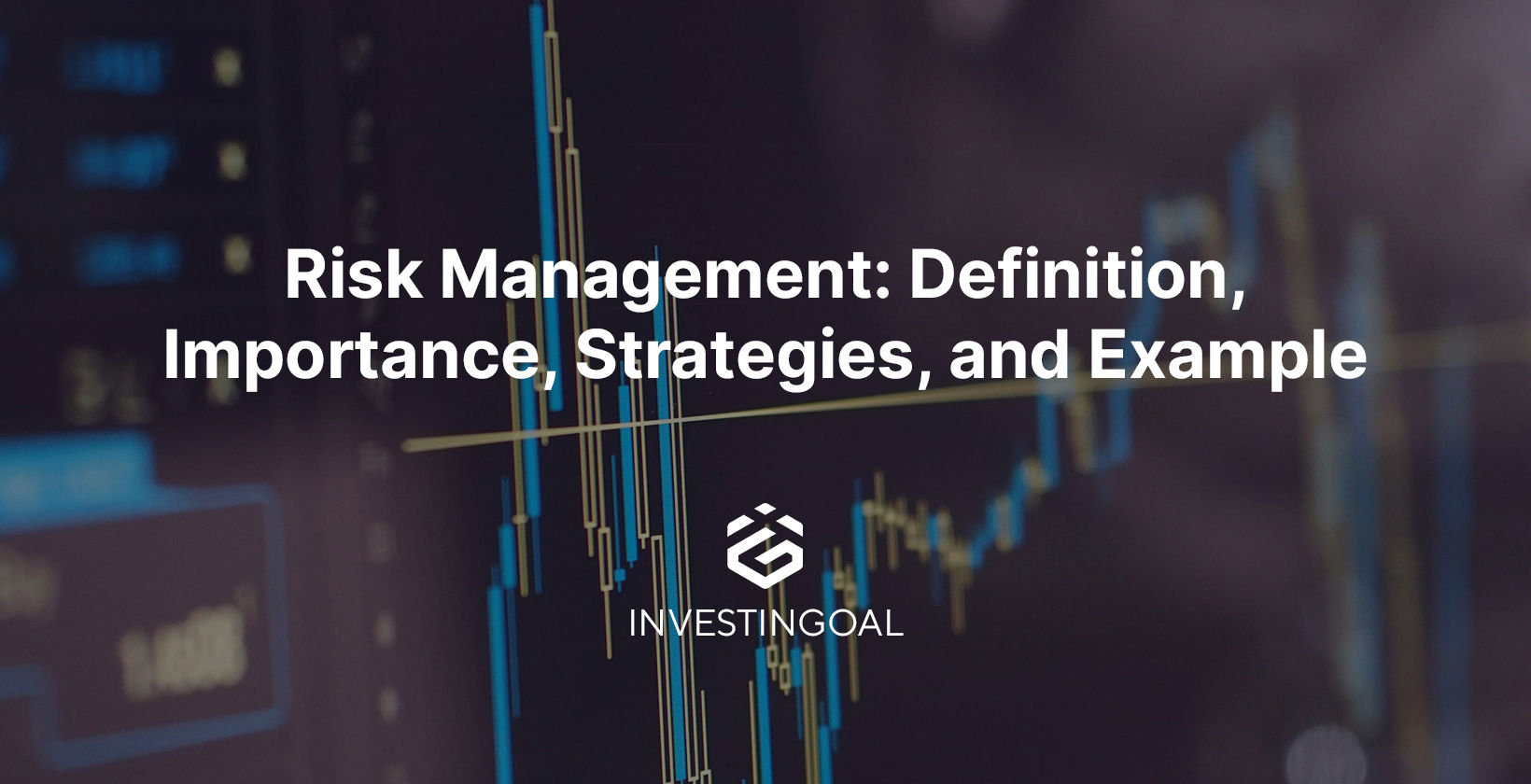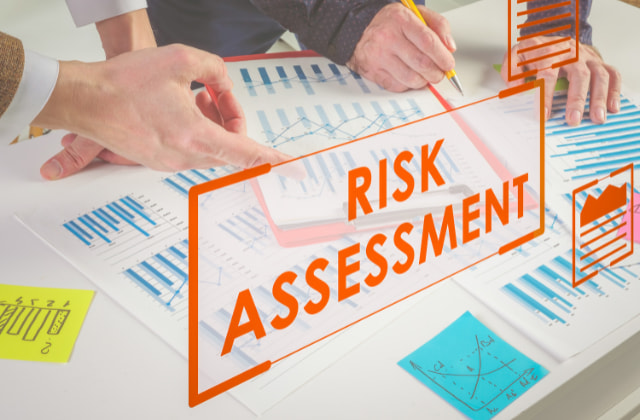The Wide-Spread Importance of Risk Management in International Supply Chains
The Wide-Spread Importance of Risk Management in International Supply Chains
Blog Article
Discovering the Significance of Risk Management for Effective Decision-Making Approaches
In the elaborate globe of business, Risk Management arises as a vital variable in the decision-making process. The ability to determine prospective hazards and opportunities, and strategize accordingly, can spell the difference in between success and failing.
Comprehending the Idea of Risk Management
Risk Management, an essential component in decision-making, is usually misunderstood or oversimplified. Generally, it refers to the identification, examination, and prioritization of threats to decrease, monitor, and regulate the likelihood or influence of unfortunate occasions. Nevertheless, it's not simply about stopping unfavorable outcomes, but additionally regarding identifying potential opportunities. Risk Management involves organized and disciplined strategies, making use of data and informative analyses. It requires a comprehensive understanding of the organization's context, objectives, and the possible dangers that can thwart them. From monetary unpredictabilities, lawful responsibilities, tactical Management mistakes, to crashes and natural catastrophes, it attends to numerous threats. Notably, efficient Risk Management is not stagnant; it's a continuous, progressive procedure that develops with transforming circumstances.
The Role of Risk Management in Decision-Making Processes
In the world of critical preparation and service procedures, Risk Management plays an important function in decision-making processes. Risk Management therefore becomes a crucial tool in decision-making, helping leaders to make informed choices based on a comprehensive understanding of the threats entailed. Risk Management offers as a vital component in the decision-making procedures of any type of organization.

Exactly How Risk Management Boosts Strategic Planning
In the context of tactical planning, Risk Management plays a pivotal duty. Launching with the identification of potential threats, it better encompasses the application of Risk mitigation actions. The function of Risk Management is dynamic but not static, as it demands constant surveillance and adjusting of methods.
Identifying Potential Dangers

Applying Risk Reduction
Risk reduction methods can range from Risk avoidance, Risk transfer, to risk reduction. Each strategy ought to be tailored to the details Risk, considering its potential effect and the organization's Risk tolerance. Efficient Risk mitigation calls for a deep understanding of the Risk landscape and the possible impact of each Risk.
Monitoring and Changing Techniques
Though Risk reduction is a crucial action in strategic preparation, continuous tracking and adjustment of these methods is equally vital. This ongoing procedure allows companies to recognize new risks and reassess existing ones, making certain the implemented techniques stay reliable in the ever-changing organization atmosphere. It likewise offers an opportunity to evaluate the success of the Risk Management measures, allowing adjustments to be made where required, more improving tactical preparation. Effective tracking and adjustment need the use of analytics and essential efficiency indicators (KPIs) to gauge efficiency. These tools offer important data-driven insights that can notify strategic decision-making. Tracking and adjusting Risk Management strategies is an essential part for boosting an organization's resilience and critical planning.
Instance Studies: Effective Risk Management and Decision-Making
In the globe of company and finance, effective Risk Management and decision-making commonly offer as the columns of prosperous ventures. These situations highlight the value of astute Risk Management in decision-making processes. These situations underscore the essential role of Risk Management in tactical decision-making.
Devices and Methods for Efficient Risk Management
These tools, such as Risk registers and warmth maps, aid in identifying and evaluating possible dangers. Risk feedback approaches, a vital element of Risk directory Management, involve accepting, preventing, transferring, or mitigating threats. With these methods and devices, decision-makers can navigate the complicated landscape of Risk Management, consequently promoting notified and reliable decision-making.
Future Trends in Risk Management and Decision-Making Strategies
As we explore the huge landscape of Risk Management, it becomes obvious that the techniques and devices made use of today will remain to advance. Future patterns direct towards a raised dependence on technology, with man-made intelligence and device understanding playing substantial functions. These technologies will certainly allow organizations to predict possible dangers with better precision and make more enlightened choices. In addition, Our site there will be an expanding focus on strength, not simply in handling risks however likewise in recuperating from damaging scenarios. Last but not least, the idea of Risk society, where every member of an organization knows and associated with Risk Management, will certainly get extra prestige. These patterns proclaim an even more positive and comprehensive approach in the direction of Risk Management and decision-making.
Final thought

Risk Management thus comes to be an important device in click here now decision-making, helping leaders to make enlightened choices based on a detailed understanding of the threats involved. Risk mitigation strategies can range from Risk evasion, Risk transfer, to run the risk of reduction (importance of risk management). Effective Risk mitigation needs a deep understanding of the Risk landscape and the possible influence of each Risk. Risk reaction techniques, a crucial part of Risk Management, include approving, staying clear of, moving, or mitigating dangers. The concept of Risk society, where every participant of a company is conscious and included in Risk Management, will certainly acquire more importance
Report this page